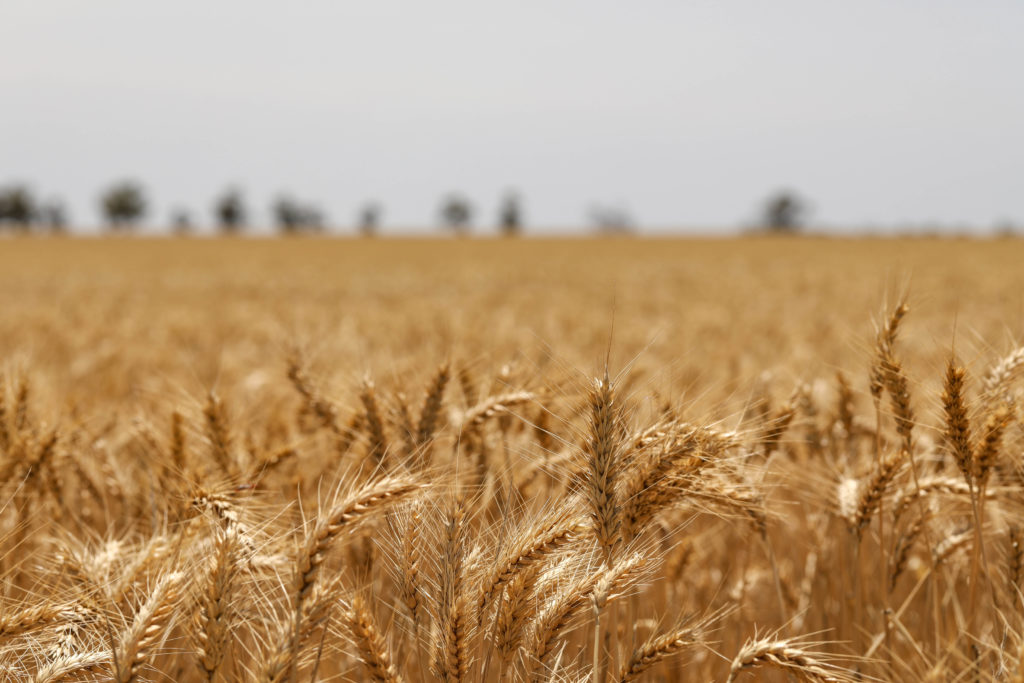
May is Celiac Disease Awareness Month. It’s a time when the Celiac community comes together to improve understanding of this difficult disease. It also places a spotlight on recent research and highlight questions yet to be answered.
What is Celiac Disease?
Celiac disease (CD) is an autoimmune disease. CD is characterized by damage to the brush border of the small intestine. This impacts the body’s ability to absorb nutrients. Presently, there is no cure for CD. The main treatment is a strict gluten-free diet. Caution is required to avoid any contact with ingredients that contain gluten (derivatives of rye, wheat, and barley).
Diagnosing Celiac Disease
A simple blood test serves as an initial screening tool for CD. If bloodwork reveals elevated antibodies aligned with CD, an endoscopy and biopsy of the small intestine is recommended to confirm diagnosis. It’s essential for someone who suspects they may have CD to continue consuming gluten so that diagnostic tests can achieve accurate results. The signs of CD can be difficult to assess and are often complicated by symptoms seen with other conditions. Recent research highlights the benefit of examining for signs of malabsorption as a possible indicator of CD.
Gluten-free diet
The number of gluten-free (GF) foods available on store shelves is far better than it was years ago. However, living with CD still presents unique challenges. If you have CD, you must seek foods that are labeled as GF. Or foods that are safe because they are inherently GF (like milk). It’s also essential to maintain a safe kitchen and be cautious of the potential for cross-contamination in social settings, restaurants, or when traveling.
Emerging science
There are several clinical trials and scientific studies exploring ways of managing symptoms and possibly even finding a cure for CD. Earlier this year, results were shared from a clinical trial that looked at the effectiveness of an investigational drug designed to reduce the immune system’s reaction to gluten. The results were promising for patients enrolled in the study. Additionally, researchers have identified the cells that play a role in damaging the small intestine. This could assist scientists in developing effective pharmacological interventions.
Living with CD
While avoiding gluten is essential, it’s also important for those living with CD to meet other health and wellness goals. GF foods that are low in added sugar, sodium, saturated fat, and other nutrition attributes to limit support good health. It’s also important to seek sources of fiber through fruits, vegetables, and GF grains. Guiding Stars is a helpful tool when following a GF diet. You can use the Guiding Stars program to locate nutrient-dense options to meet overall nutrition goals while staying within a GF diet. These balanced, GF recipes can also help round out a GF diet:
Savory Pancakes for Canapes
Savory pancakes are an excellent base for simple canapes, and these buckwheat pancakes can be gluten-free if you choose the right flour.
View recipe »Roasted Red Pepper Hummus Cucumber Bites
Serve this cool cucumber combination as a snack or appetizer. Both kids and adults will enjoy its fresh texture and satisfying flavors.
View recipe »Vegetable Quiche
Whip up a quick batch of this crust-less quiche for your next breakfast meeting or brunch. Your friends will thank you for bringing a gluten-free, vegetarian option that tastes this good.
View recipe »Ginger Quinoa Salad
For a visually striking dish, use red quinoa as the base for this warm salad. This simple-to-make salad is a fresh and flavorful option for any meal.
View recipe »


